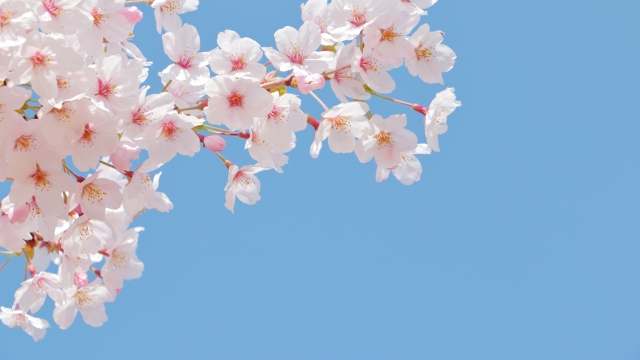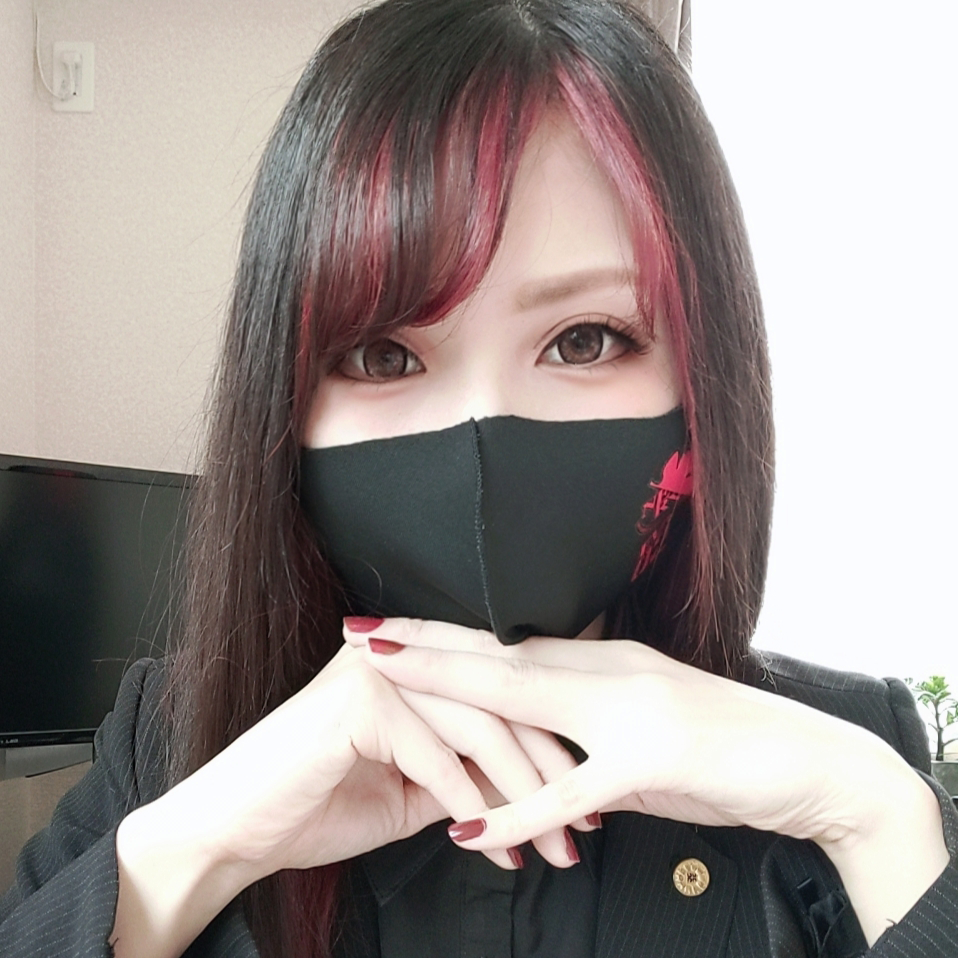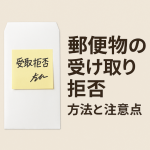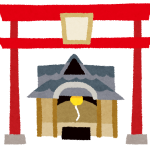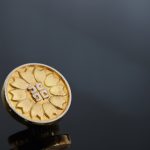当サイトの一部に広告を含みます。
🇯🇵 Prefer reading in Japanese? Click here for the Japanese version.
Japanese shrines are beautiful places. They are quiet, peaceful, and full of history.
Many tourists want to take photos to remember their visit. But shrines are also sacred spaces.
In this article, we explain the basic rules and manners for taking photos at shrines in Japan.
Contents
関連投稿
Can I Take Photos at a Shrine?
Yes—in most cases, personal photos are OK.
There are no national laws that ban photography inside shrine grounds.
So, if you are taking pictures just for memories, you usually don’t need special permission.
But be careful: not all areas are open for photography.
Places Where You Should Not Take Photos
Some areas are considered very sacred. Taking photos there is often not allowed.
Please avoid taking pictures in these places:
- The main shrine building (honden): where the deity is enshrined
- During rituals or prayers: people are worshiping, so do not disturb them
- Of ema (prayer boards), car plates, or people’s faces: protect privacy
Tripods and Selfie Sticks: Be Careful
Using tripods or selfie sticks inside a shrine can be dangerous.
They may block the way or cause accidents.
Some shrines ban them completely.
If you want to use them, check the rules first or ask a staff member.
During Festivals or Events
Shrines hold many traditional events.
At these times, there may be more visitors and special rules.
Sometimes photography is not allowed during:
- Festivals (matsuri)
- New Year’s prayers
- Weddings or other private ceremonies
Please follow signs or ask the staff.
When in Doubt, Just Ask
If you are not sure, it’s OK to ask!
Shrine staff (called shinshoku) are usually very kind.
You can say:
“Excuse me, may I take a photo here?”
A small question shows big respect.
Summary: Respect Comes First
Taking photos is a great way to remember your trip.
But always remember that a shrine is not just a tourist spot—it is a place of worship.
Show respect, follow the rules, and enjoy the beautiful culture of Japan.

